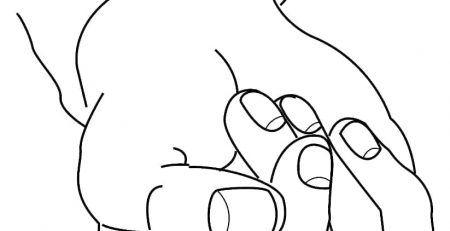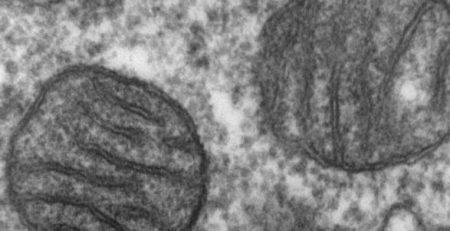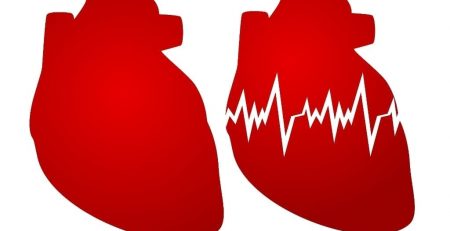Finger Length Linked to Athletic Ability
Grant and Jordon Tomkinson – a father and son duo from North Dakota – have found a correlation between athletic ability and finger length in adolescent boys. Grant is a professor of kinesiology and public health education at the University of North Dakota, while Jordan is a junior at Sacred Heart High School.
Their research paper, which was recently published in the Journal of Early Human Development, examines the difference in length between an adolescent male’s index and ring finger and how this relates to muscle strength.
“They found that the ratio of the length of the second (“pointer”) finger and the length of the fourth (“ring”) finger – called the “digit ratio” – is favorably related to muscular strength in boys,” a statement explains.
According to IFLScience.com, it’s possible this relationship is due to the hormones these boys were exposed to in the womb. “There is some indirect evidence that the more testosterone in the womb, the longer the ring finger and, therefore, the smaller the ratio,” the article said. Testosterone enhances athletic performance.
Additional research performed by one of Grant’s graduate students also found a similar link with women – in this instance focusing on digit ratio and basketball abilities.














